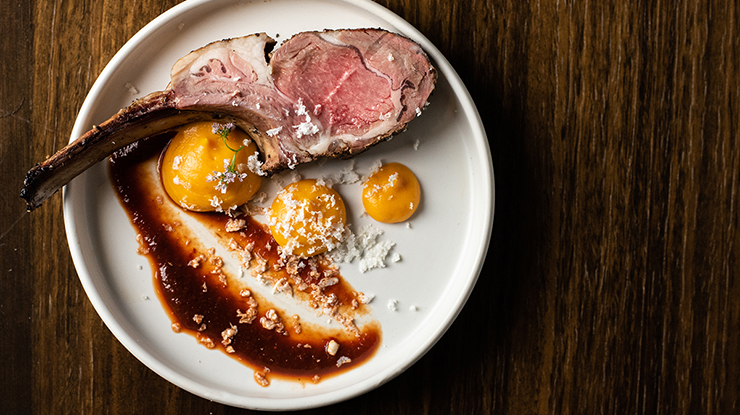
Before brand owners invest in product development, it is critical to understand where market opportunities may exist. As a first for the red meat industry, MLA has completed an innovative approach on understanding the way consumers eat in the moment of consumption, providing insights into how industry can better market our products to drive demand.
The Consumer Protein Landscape
Using innovative mobile technology to collect meal consumption data, the Consumer Protein Landscape (CPL) research involved 2,100 consumers (aged 15–74) capturing every meal and snack they ate via an app over a seven-day period. The respondents recorded their consumption in real-time presenting greater data accuracy.
The information captured included:
- 50,116 meal occasions
- 85,000 meal images
- motivations and reasons for eating the meal
- meal occasion types – such as their location, activities, and whether they were eating with others
- time of day/week
This food consumption diary provides significant insights, with a highlight on the needs and motivations of food choices within various consumer demographics. The research reports include information on, but not limited to:
- eating moments throughout the day
- needs and motivations when eating
- social behaviours when eating
- role of proteins on different occasions
- health and nutrition
- tastes based on ethnicity
- foodservice and retail
- opportunity volume sizing
Key findings
To better understand the insights from the CPL, some high-level findings are below.
1. What do meals throughout the day look like?
A quarter of the day's total food consumption happens at breakfast – however, what people do while eating breakfast differs between generations:
- Those aged 15-19 typically eat breakfast while watching TV.
- Those aged 60+ demonstrate more traditional behaviour with about one-third of breakfasts eaten while sitting at the table.
- Mothers aged 30-39 have 54% of breakfasts occur while preparing for the day or getting children ready
At lunch, consumers typically seek meals that are quick, easy and convenient – with enough calories to fill them up and keep them going through the afternoon. However, those who eat lunch late are more susceptible to choosing a meal that will primarily satisfy their cravings.
2. Dinner is the Red Meat Heartland
While fresh meat consumption is relatively low during breakfast – an occasion where processed pork is the most popular meat protein – over 60% of red meat consumption occurs during dinner.
While convenience is a key driver across meals and snacks, red meat is also associated with being a comforting food on many occasions. Beef mince's popularity is also driven strongly by its versatility and ease-of-use in a range of different meals.
3. Emotional eating increases as the week (or day) progresses
However, towards Friday, Saturday and Sunday, emotional drivers are stronger. Many will choose food to:
Red meat-centric meals consumed on the weekend are still typically eaten during dinner (66%) with only a third eaten at lunch.
A similar pattern emerges as the day progresses – functional drivers are very prominent early in the day whereas emotionally-focussed drivers are more prevalent in the latter half of the day.
As such, providing red meat options to meet each motivation – whether functional or emotional – is critical to expanding sales and markets.
How is the CPL useful?
For producers and brand owners who are seeking opportunities to expand their knowledge of consumer consumption habits of red meat, this innovative insight approach gives a deep understanding of why certain proteins are chosen across different meal occasions. By understanding the drivers of choice and consumers' relationship with red meat, underpinned with their needs and motivations, this provides the opportunity for differentiation and expansion of red meat solutions into other occasions, including breakfast, snacks and beyond.






